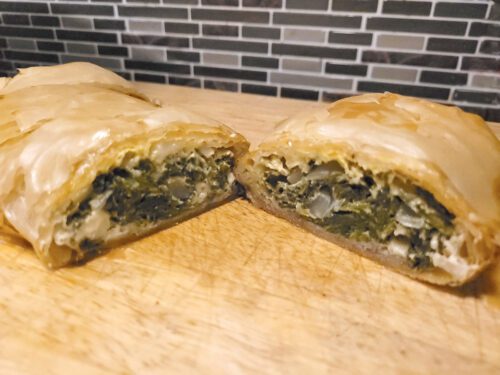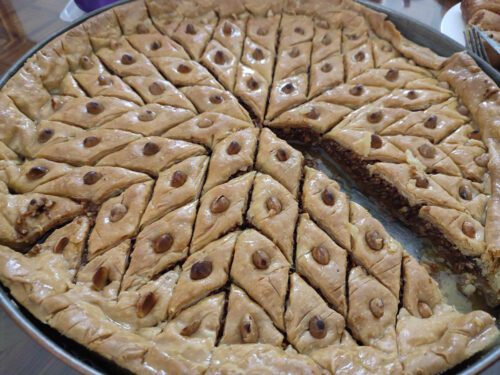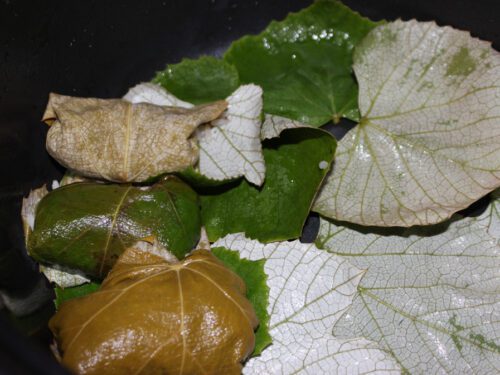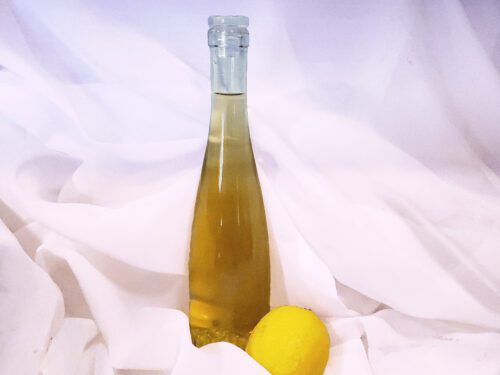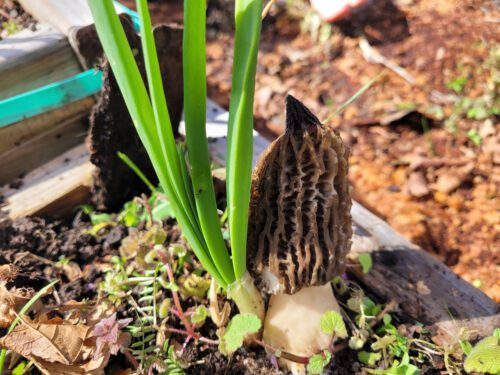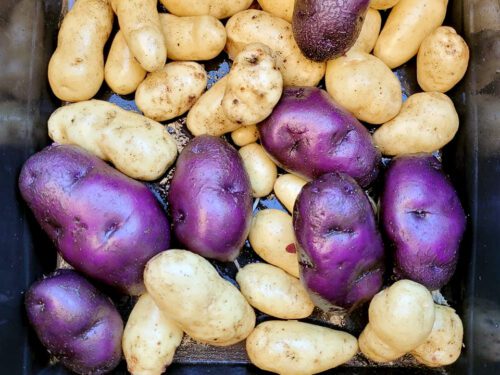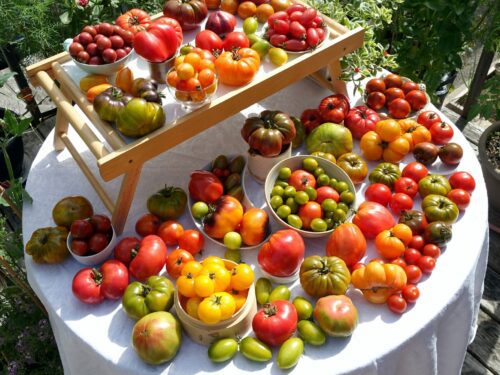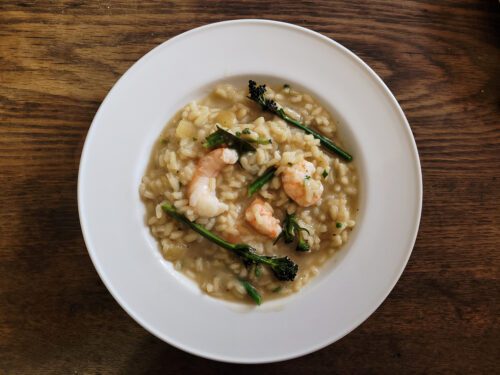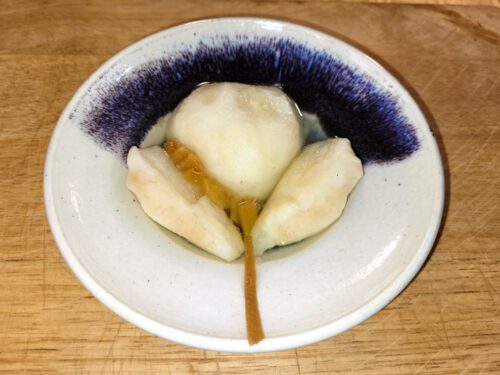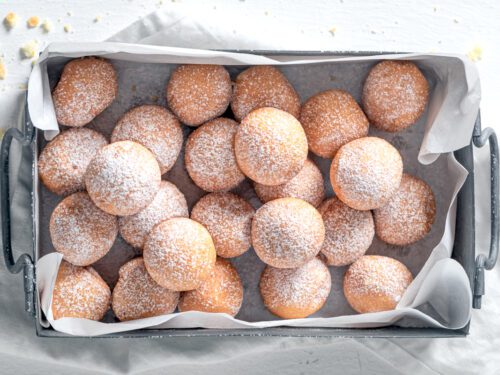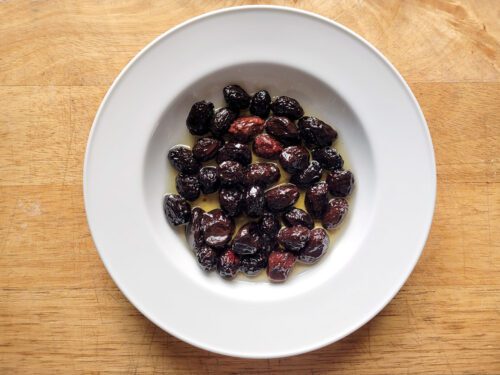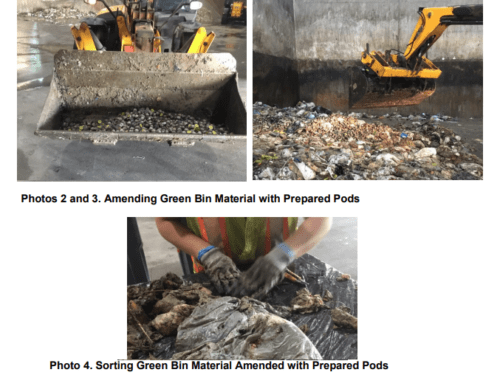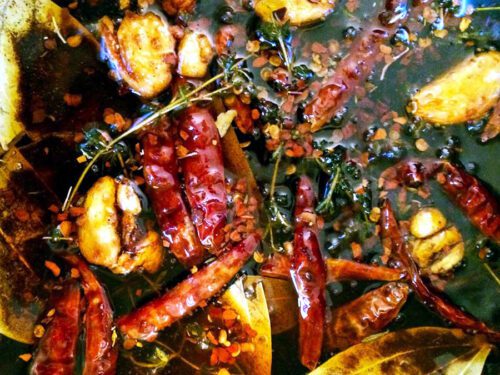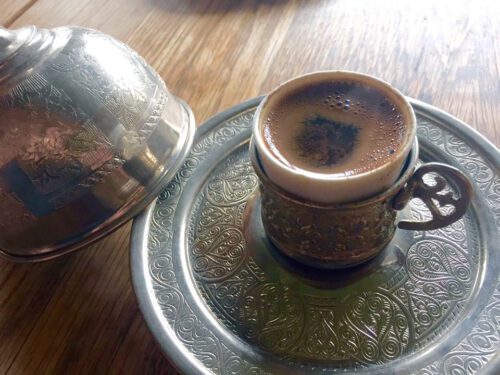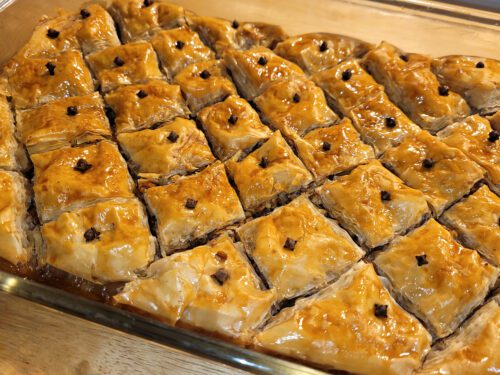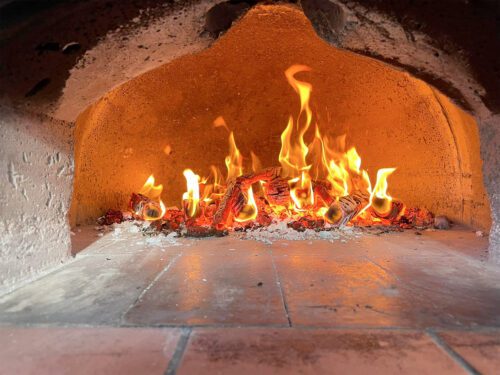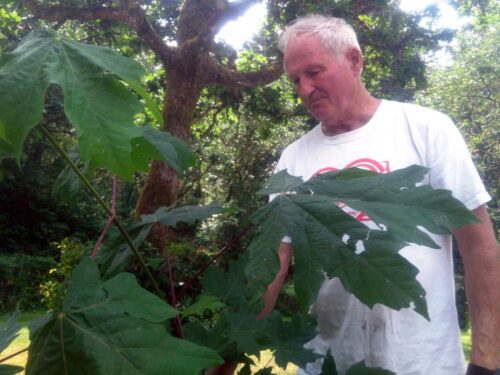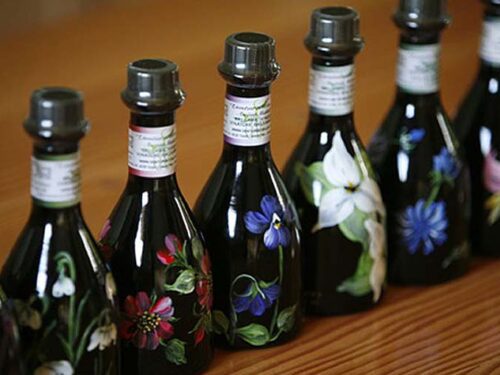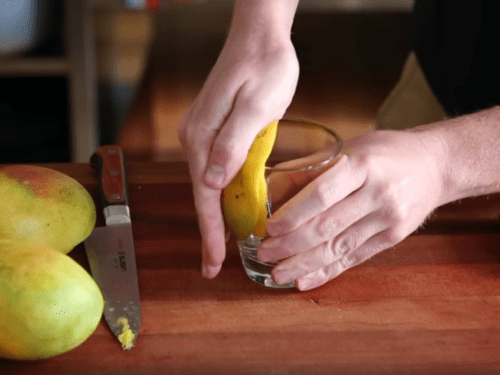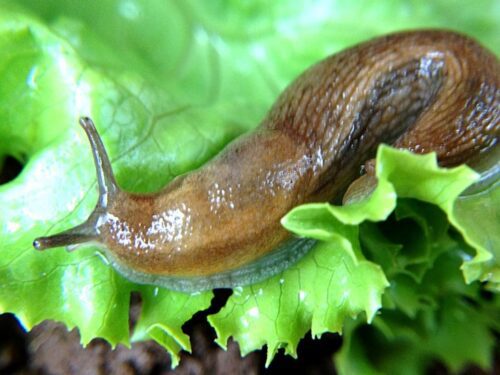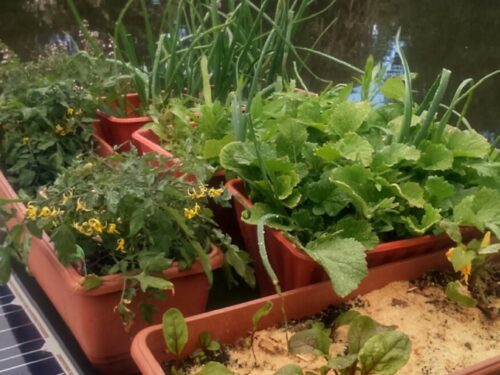Thank you for visiting Eatin’s Canada. We share original recipes, reviews of food producers we love, articles about food and food production, and interviews with chefs, cooks, farmers, vintners and more.
Spanakopita: Famous Greek Appetizer with Spinach and Feta
Traditional Algerian Baklawa: Making A Family Memory For Love
Dolmathes with Avgolemono Sauce, aka Greek Stuffed Grape Leaves
Homemade Limoncello is easy peasy: Here’s how to make it
Garden of Eatin’s
This is a full circle website. Recipes presented here are often made with food we grew, and ingredients we developed from scratch. Eatin’s Canada presents it all: Our recipes, our small farm The Garden of Eatin’s: and Gayle’s Greek Gourmet, our catering venture.
Morel Marauders: Pill bugs and pillage, slimy slugs, sneaky squirrels
Morel mushrooms: Cultivation of upstanding morels
2023 garden planning & preparation: procuring potatoes
54 Luscious Tomatoes for 2024: Not an easy choice
Most Popular
Shrimp, Prawns, Crawfish, Lobster: What’s best in this risotto?
Poached pears with ginger syrup and port, easy, delicious, fast
Line’s traditional Quebecois deep-fried donuts
Easy dry salt-cured olives and olive salt
Food for Thought
2023 garden planning & preparation: procuring potatoes
54 Luscious Tomatoes for 2024: Not an easy choice
No. There isn’t a way to use pods that is both convenient and not an environmental problem
In appreciation of those who cook

About Gayle
A supertaster with a lifelong passion for food, Gayle’s training was at the elbow of her Grandfather and at the Broadcast School of the Galloping Gourmet. She made her first pie at 8 years old and was baking bread solo by 10. By 13 she was the occasional crew cook for a staff of 80, making platters of fried salmon for fish plant crews on overtime.
Raised in the middle of an ongoing party for 100, she regularly helped to cater the parties of her parents, seafood exporters with an active social/business networking life and large extended family. With prominent local chefs regularly guesting at family parties, Gayle grew up in an environment where food was celebrated and presented at a high level.
